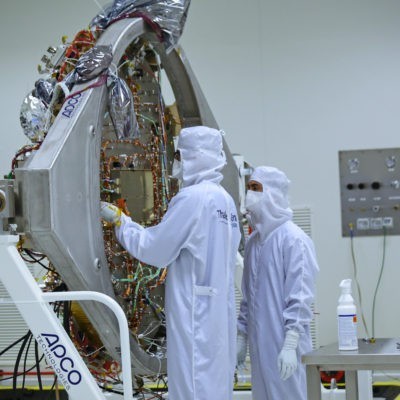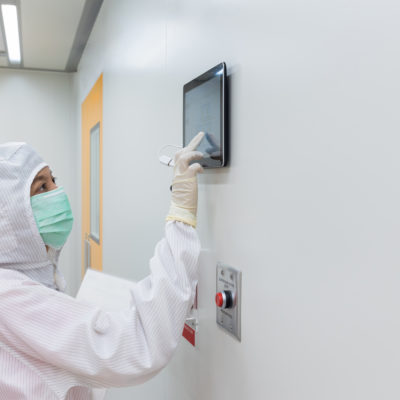
Understanding the Value of Modular Cleanrooms
At Angstrom Technology, we like to take a step back every once in a while, taking the time to acknowledge and appreciate the impact of our work in various industries. It helps us put our work into perspective, and it motivates us to deliver excellence each and every day.
As we’ve reflected throughout the past years, we’ve always been astonished at how much innovation happens within modular cleanrooms. These quickly built, easily modified, heavily treated chambers truly make groundbreaking work possible. As a resource that helps scientists, and engineers test, manufacture, and package products safely, cleanrooms bring tremendous value not only to the workforce, but to society as a whole.
In this article, we’ll explore some amazing ways that various industries have used modular cleanroom technology to trailblaze a path of innovation.
The Value Modular Cleanrooms Bring to Various Industrial Applications
Modular cleanrooms have proven themselves to be beneficial for a number of applications, in a number of industries. Some of history’s most important inventions required cleanrooms’ quality control, and some of the future’s best and brightest innovations are being tested in them today. Below, let’s discuss some common industries that use cleanrooms, and what important things they’re using them for.
Aerospace
Aerospace cleanrooms are crucial for the development of aircraft and spacecraft hardware, fine electronics, engine components, and more. In order to manufacture, assemble, and test those components, the aerospace industry needs a high level of control over the cleanroom environment — usually meeting an ISO Class 7 requirement, at minimum.
Each day, aerospace engineers are working hard to develop technologies that help us continue our journey of exploring the unknown. Modular cleanrooms give them the space they need to do that revolutionary work.
Semiconductor
Semiconductor cleanrooms prevent particles from contaminating certain parts of nanotechnology — like semiconductors and microchips — that allow us to operate phones and computers more safely and efficiently. When even the smallest bit of contamination can lead to serious product issues and failures, a stringent modular cleanroom environment of ISO Class 5 or lower is necessary.
Our world is reliant on constant technological innovations in order to stay connected, do business, and maintain a quality lifestyle. Modular cleanrooms will always provide a space to make those technological advances happen.
University Labs and Research Facilities
University labs and research facilities encompass a variety of applications, from medical research, to forensic science, to hazardous chemicals. Additionally, the university setting requires that spaces are able to be reassigned and restructured as student, research, and funding needs change throughout the years. Therefore, the versatility of quickly built, easily modified modular cleanrooms is extremely valuable here.
Universities host some of the most advanced, highly recognized research facilities. Students and faculty are working with state-of-the-art technology to solve some of their industry’s most perplexing problems. A modular cleanroom can provide a controlled environment to foster that learning, no matter what the specific application may be.
Military
In regards to the military, weapons manufacturing is a critical component in upholding national security and protecting American citizens. Due to the deadly nature of the products and volatile compounds used in this industry, a controlled cleanroom environment is crucial in maintaining the safety of information, products, and personnel.
Weapons manufacturing is, and always will be, dangerous. However, it plays a key role in protecting our nation’s infrastructure from devastating threats. Modular cleanrooms can help lessen the risk and bolster the production.
Angstrom Technology can design a modular cleanroom to meet all your requirements and design considerations. If you’re interested in designing and installing one for your facility, speak with one of our design engineers to get started.





